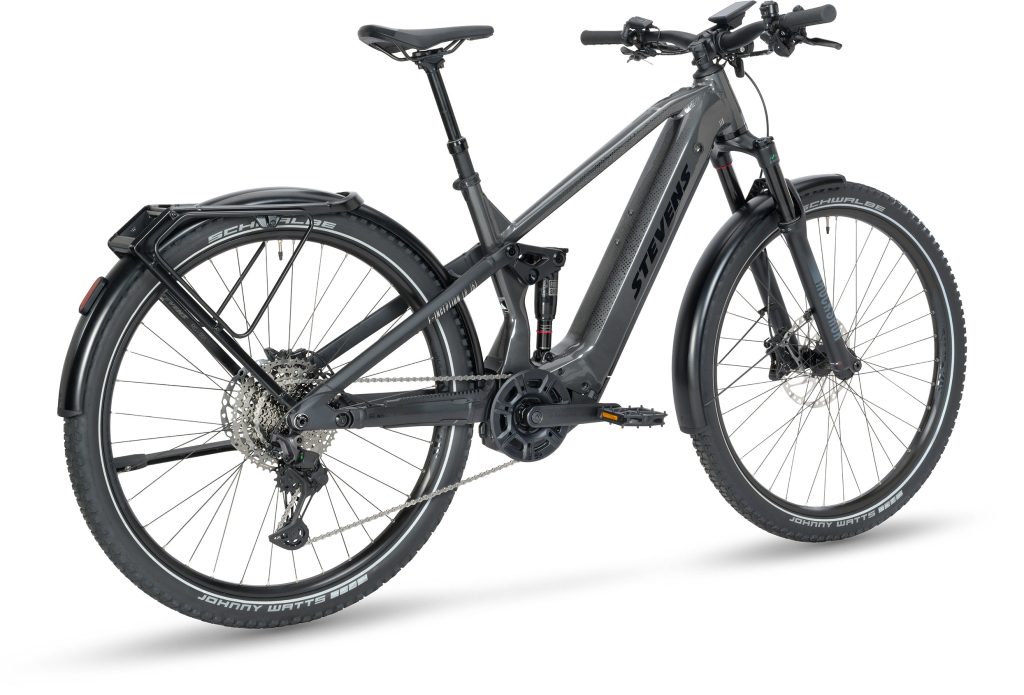

**Motorcycle Maintenance Handbook: Boosting Performance and Guaranteeing Safety**
Motorcycle lovers appreciate the excitement of riding, but to keep that thrill alive, consistent maintenance appointments are crucial. A properly maintained motorcycle not only enhances performance but also safeguards the rider’s well-being. This handbook offers a detailed summary of the procedures involved in tuning up your motorcycle.
**1. Check and Swap Spark Plugs**
Spark plugs play an essential role in engine performance. With time, they might get fouled or worn, resulting in misfires and diminished efficiency. Inspect spark plugs for wear and replace them when required. Ensure they are accurately gapped in line with the manufacturer’s guidelines.
**2. Replace Oil and Oil Filter**
Frequent oil changes are essential for the health of the engine. Aged oil can become contaminated and lose its ability to lubricate. Drain the old oil, install a new oil filter, and refill with new oil. Always utilize the type and grade of oil as suggested by the manufacturer.
**3. Examine and Clean the Air Filter**
A clean air filter guarantees ideal air intake, which is crucial for effective combustion. Take out the air filter and check it for dirt and debris. Clean it if it can be reused, or replace it if it is disposable or excessively dirty.
**4. Modify the Chain and Sprockets**
The chain and sprockets convey power from the engine to the wheels. Assess the chain tension and adjust it to the recommended slack. Examine the sprockets for wear and change them if the teeth show signs of wear or damage.
**5. Inspect the Tires**
Tires are the sole contact point with the road, making them vital for safety. Verify the tire pressure and inflate them to the suggested levels. Check the tread for wear and look for any indications of damage or punctures. Replace tires if the tread is worn down or if there are any noticeable defects.
**6. Assess the Brakes**
Brakes are critical for safety. Inspect the brake pads for wear and replace them if they are thin. Check the brake fluid level and top it off if necessary. Ensure there are no leaks in the brake lines and that the brake levers operate smoothly.
**7. Check the Battery**
A functional battery is necessary for starting the motorcycle and powering electrical elements. Inspect the battery terminals for corrosion and clean them if needed. Make sure the battery is securely fastened and test its charge. Replace the battery if it fails to hold a charge.
**8. Review the Suspension**
The suspension impacts handling and comfort. Inspect the fork seals for leaks and check the shock absorbers for any damage. Adjust the suspension settings based on your riding style and weight for optimal performance.
**9. Verify the Electrical System**
Ensure all lights, indicators, and the horn are operational. Examine the wiring for any signs of deterioration or damage. Replace defective bulbs and repair any compromised wiring to ensure visibility and communication on the road.
**10. Inspect the Fuel System**
Check the fuel lines for leaks or fractures. Clean the carburetor or fuel injectors to guarantee efficient fuel delivery. Change the fuel filter if it is blocked or dirty.
**Conclusion**
Consistent tune-ups are crucial for sustaining motorcycle performance and guaranteeing safety. By adhering to this handbook, riders can experience a smoother, more reliable ride while reducing the possibility of mechanical failures. Always consult the motorcycle’s service manual for particular maintenance schedules and procedures, and consider reaching out to a professional mechanic if uncertain about any part of the tuning process.






